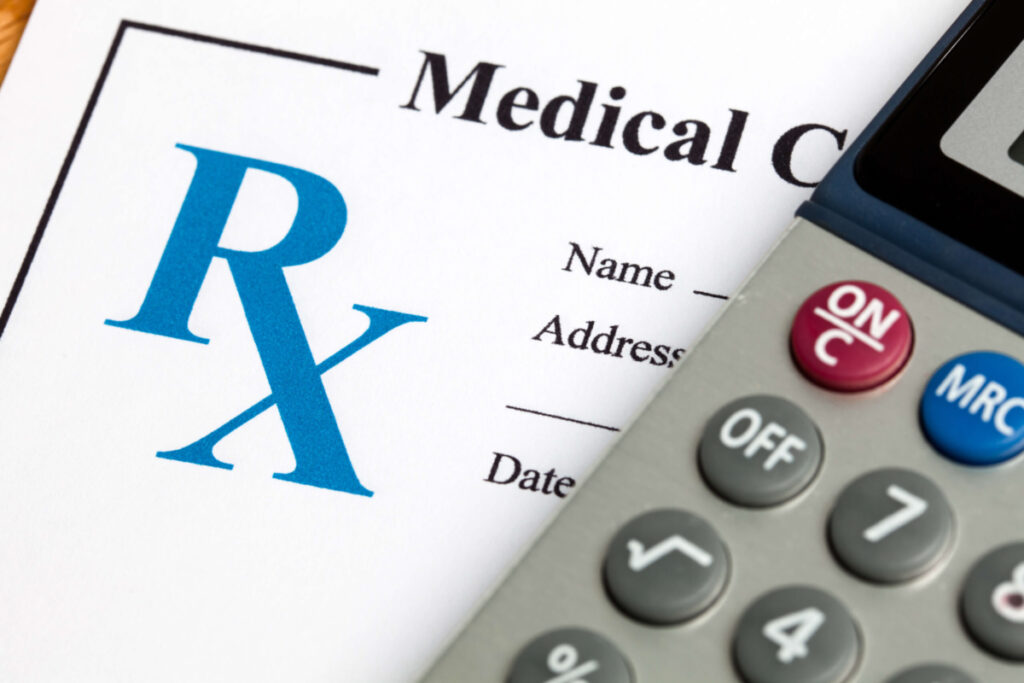In late June, the US District Court for the District of Columbia upheld the Department of Health and Human Services’ (HHS) 2019 transparency rule that requires hospitals to make public five standard charges, including their chargemaster rates and rates paid by private payers by Jan. 1, 2021.
A coalition of hospital groups and hospital systems sued HHS to stop implementation of the rule late last year, arguing the agency had exceeded its statutory authority by requiring and enforcing the provision. The group also claimed the rule violated the First Amendment by compelling hospitals to disclose charges that would confuse patients and burden hospitals.
In his ruling, Judge Carl J. Nichols stated, “The publication of charges will allow the agency [HHS] to further its interest of informing patients about the cost of care, which will in turn advance its other interest — bringing down the cost of health care.”
This ruling supports states’ efforts to achieve hospital price transparency. A report issued by the Pioneer Institute in May 2020 found that only six states require providers, health plans, or both to give consumers cost estimates and pricing information. The majority of states (33) have no health care price transparency laws and only 11 states currently require price estimates, and only in certain cases, such as if a consumer is uninsured.
Background
In an effort to bring down the cost of health care coverage, the Affordable Care Act (ACA) mandates that hospitals establish and make public a list of the hospital’s standard charges for items and services provided by the hospital, including diagnosis-related groups (DRGs). The law also instructs the HHS Secretary to develop guidelines for hospitals to fulfill this statutory requirement. The law provides the Secretary with the authority to promulgate regulations to enforce this provision, but does not specify any enforcement mechanism.
The first concerted effort by HHS to issue guidelines that required hospitals to publish their standard charges was in its Medicare Inpatient Prospective Payment System (IPPS) rules for FFY 2015. That rule reiterated ACA’s mandate, reminding hospitals of their obligation under the law to publish their standard charges, but left the details of how to implement the provision up to the providers themselves. Hospitals could simply publish their chargemaster rates or take another tack, but were left with very broad discretion. In the absence of enforcement language, hospitals largely ignored the provision.
In June 2019, President Trump issued an Executive Order aimed at increasing access to meaningful information on health care prices and quality, thereby encouraging patients to become active market participants and improving the efficiency of the health care marketplace, with the goal of improving both price and value. The order directed the HHS Secretary to propose regulations to implement the ACA’s price transparency provisions that required hospitals to publicly post standard charge information.
HHS responded by issuing a proposed rule in August 2019, which fleshed out the agency’s guidance provided in the 2015 IPPS rules, providing definitions of key terms such as “charges,” laying out what must be reported and how, and, importantly, adding an enforcement provision to encourage compliance. The rule was finally adopted in November 2019, and is now scheduled to become effective January 2021. It includes the definition of standard charges “to mean the regular rate established by the hospital for an item or service provided to a specific group of paying patients.”
The rule defines standard charges to include:
- Gross charge: The chargemaster rate with no discount.
- Payer-specific negotiated charges: The charges that a hospital has negotiated with a third-party payer, such as insurance carriers, third-party administrators, Medicare, and Medicaid, etc.
- Discounted cash price: The price paid by an individual who pays in cash.
- De-identified minimum and maximum charges: The highest and lowest charges that a hospital has negotiated with all third-party payers, allowing consumers to measure their third-party coverage or allowing an uninsured patient to negotiate payment with a hospital.
In addition, a hospital must publish the last three standard charges listed above for 300 shoppable services, which are services that can be scheduled in advance. Seventy of these services are to be specified by the Centers for Medicare & Medicaid Services (CMS) and the remaining 230 are to be chosen by the hospital. The rule includes a penalty of $300 per day for noncompliance.
The Legal Challenge
Finalization of the rule spurred an immediate legal challenge by the hospital industry. The American Hospital Association (AHA), the Association of American Medical Colleges, the National Children’s Hospital Association, the Federation of American Hospitals, and several hospitals and hospital systems filed suit against HHS arguing that by compelling hospitals to make public their negotiated rates, HHS had exceeded its statutory authority and violated the First Amendment rights of hospitals in its promulgation of the rule. The US District Court, however, rejected all of the plaintiffs’ claims.
The legal case has largely turned on the question of how the Administration defined “standard charges” in its rulemaking. The plaintiffs’ primary position was that the term “standard charges” in the statute unambiguously meant chargemaster rates and that the agency had no authority to interpret the term to mean anything else.
The judge concluded that standard charges did not unambiguously refer to chargemaster rates, writing, “It is undisputed that chargemaster rates are not the amounts paid on behalf of 90 percent of hospitals’ patients, and thus it is hard to see how they can be considered usual, common, or customary.”
Industry plaintiffs also claimed that the rule violated the hospitals’ First Amendment rights in the following ways:
- It would force them to publish proprietary information;
- The impact of that compelled speech would be to impermissibly chill negotiations with insurers; and
- It would not achieve the goal of the rule, which is to inform patients of cost of care.
The judge held that to the extent that publication of charges qualifies as a form of expression, it was commercial speech and the final rule was a permissible regulation of commercial speech. He went on to assert that the fact that the charges can be revealed to consumers (discussed in the record through explanation of benefits and state databases) undermined the assertion that negotiated rates constituted trade secrets. The court concluded that the possibility that the nature of negotiations with insurers might change was too attenuated from the publication of rates to consider them to be unconstitutional.
The hospital groups also argued that if the agency’s interests were to inform patients about the costs of care, the better way to do so would be to publish patients’ expected out-of-pocket-costs. While Judge Nichols agreed to a certain extent that standard charges as defined by the Administration would not necessarily be a calculation of every patient’s out-of-pocket costs, he underscored that some information was better than no information at all, and having a useful estimate of expenses, if not the actual out-of-pocket costs, was helpful, adding that the range of rates to be published would give patients sufficient information to make such estimates.
The court alluded to a variety of instances that required knowledge about health care prices beyond copays:
- Some patients who are insured have high deductible plans;
- Some insured patients may choose to pay for out-of-network care directly; and
- Others may choose to weigh whether paying in cash or through an insurer is more affordable.
Thus, having the variety of charges listed publicly as outlined in the rule would assist patients in making informed choices about cost of care. The court also found that it was reasonable to conclude that price transparency could decrease health care costs based on the evidence presented in the administrative record.
The plaintiffs have quickly signaled they will seek an expedited appeal on the ruling, stating the proposal imposes significant burdens on hospitals, and the decision was premised on an erroneous definition of standard charges referenced in current law. The AHA continues to claim the rule does nothing to help patients understand their out-of-pocket costs.
What’s Next?
States with existing laws governing hospital and health system financial transparency or an interest in developing them may benefit from following the ruling as federal regulation or case law will influence the starting point for hospital price transparency efforts at the state level. State departments of Insurance may also find the case relevant as publication of negotiated rates could inform insurer rate review procedures and requirements, especially those related to rate components based on hospital services or hospital/insurer contracting.
State budget writers will also want to follow this matter. A large portion of a state’s budget is directed to hospital spending through Medicaid programs, state employee health plans, correctional facilities, workers’ compensation programs, and more. As states work through budget and fiscal issues during the looming economic downturn, an understanding and comparison of hospital prices will become even more important and vital. This will also be true as states continue to pursue total cost-of-care cost growth benchmarks and global hospital budgets as mechanisms to stabilize health care costs.
If the District Court decision stands, it represents a step forward for hospital price transparency by making meaningful price information more accessible to consumers. If overturned, it leaves the task of driving the issue of hospital transparency to the states.
The National Academy for State Health Policy’s Center for Health System Costs plans to release a hospital financial transparency package this summer for states to use as they continue to work to lower health care costs and maintain sufficient access to care in these difficult times.



